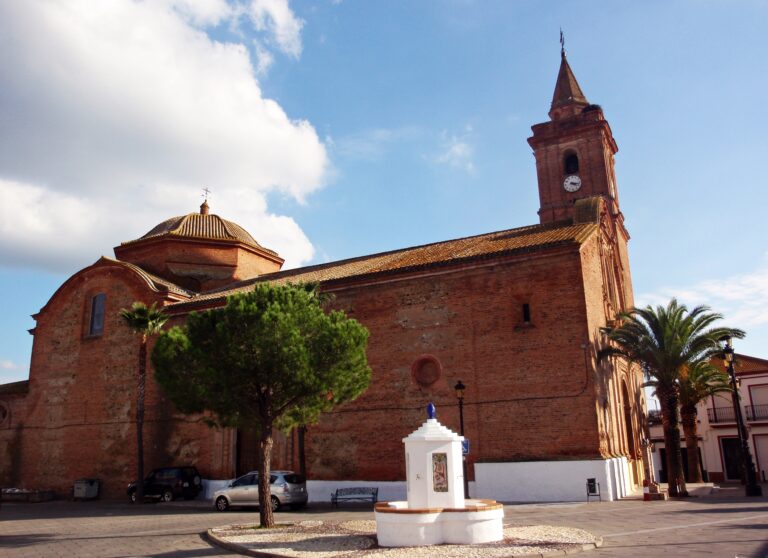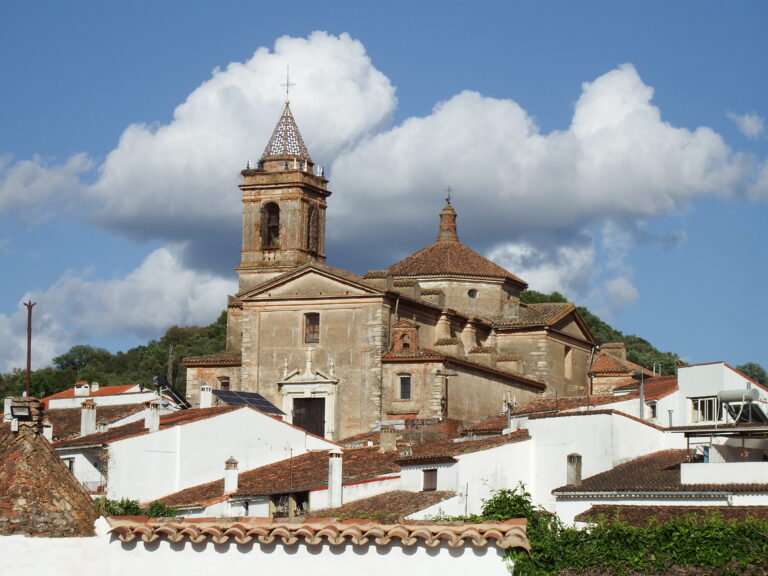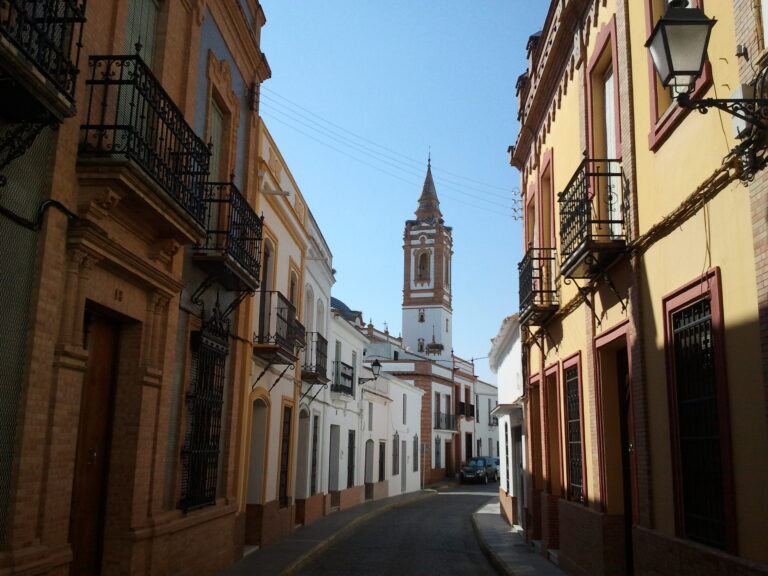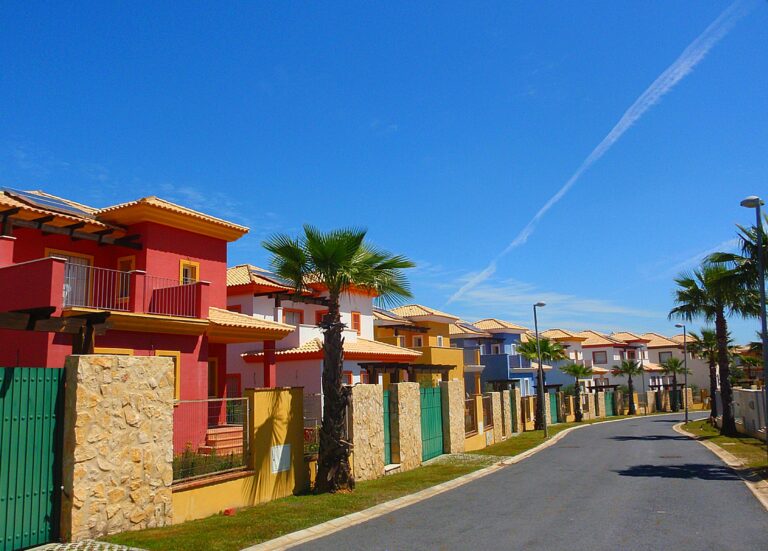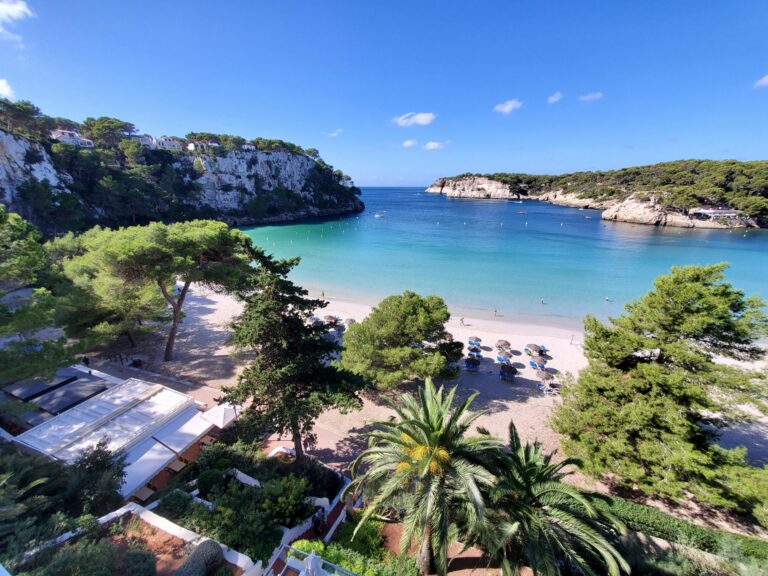Cala Blanca, Menorca: white sand, crystal clear waters and a unique historical setting
Just five kilometres from Ciutadella, on the south-west coast of Menorca, lies a hidden gem that lives up to its name: Cala Blanca. A small beach in size but immense in beauty, where the white sand and crystal clear waters take centre stage. Its location, between Cala Santandria and s’Aigo Dolça, makes it very accessible and, at the same time, an ideal spot for those looking to combine relaxation on the beach with cultural and historical visits. In this article, you will discover everything you need to know to make the most of your visit: from the history and archaeological sites surrounding the area to the biodiversity of its environment, its services, access and, of course, the best things to do and see.
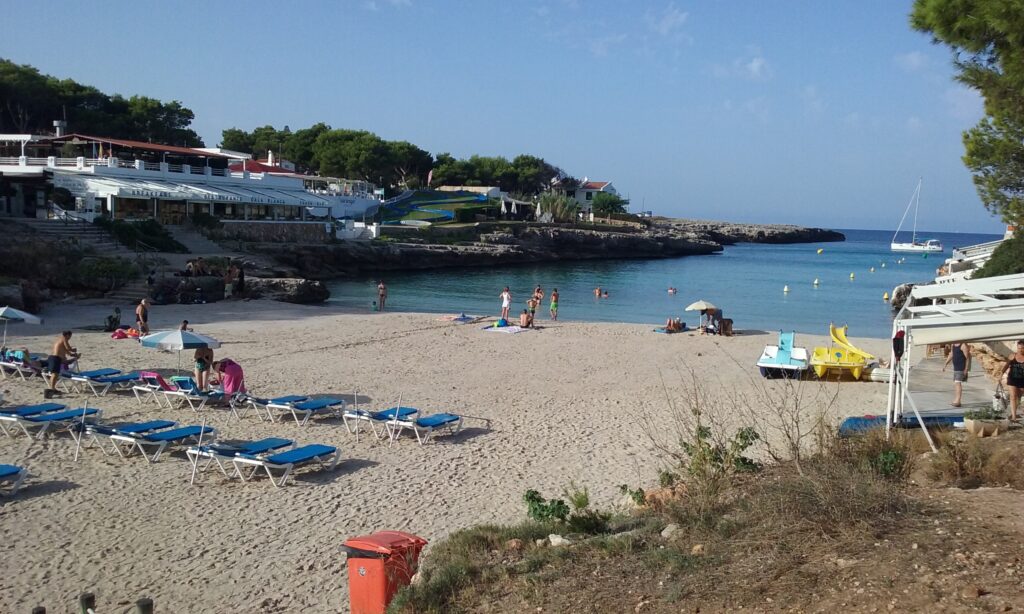
A corner next to Ciutadella with its own name
The name Cala Blanca comes from the characteristic white colour of its sand, which contrasts with the intense blue of the sea. It is a U-shaped inlet flanked by low rocky cliffs, on which tourist and residential properties of the same name stand. Although today the beach is part of an urban area with hotels, apartments and restaurants, it has not lost its natural essence. In fact, when you enter the water, you will be surprised by the transparency of its sandy bottom, which is ideal for swimming and snorkelling in its rocky corners.
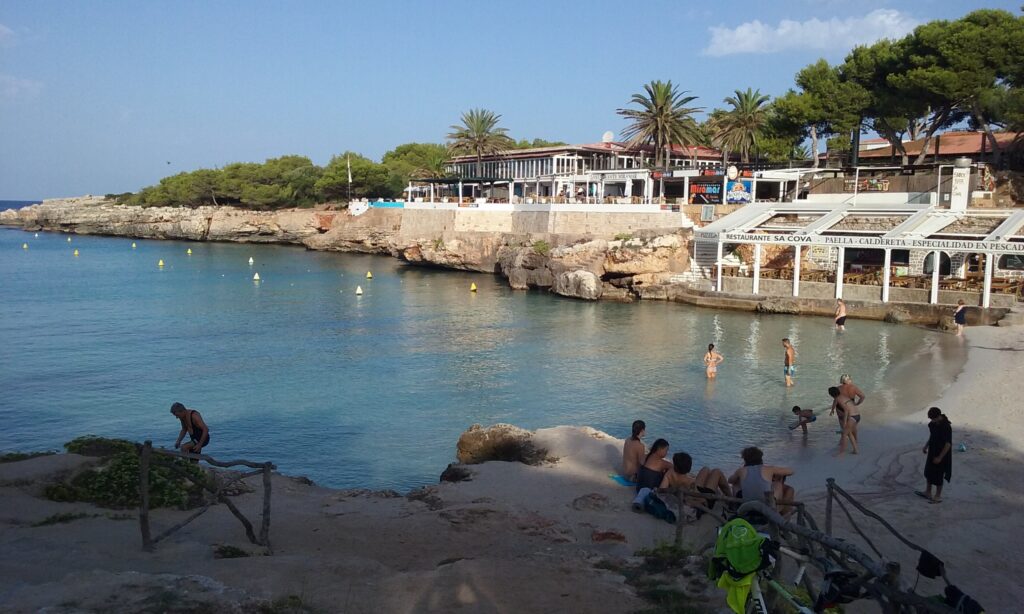
Dimensions and physical characteristics
- Cala Blanca is not a large beach. Its size varies depending on storms and rainfall, but on average it is 30 to 50 metres long and about 40 metres wide. Despite its small size, the surroundings give a feeling of spaciousness thanks to the western exposure and the sea breeze that softens the high summer temperatures.
- The slope is gentle, making it perfect for families with children, and the water is usually calm and shallow at the shore. However, as it faces west, it is exposed to westerly winds, which can occasionally generate waves.
- At the entrance to the cove is the small Illot de Cala Blanca, an islet that marks the left edge of the mouth and gives it an even more picturesque air.

A busy beach in summer
The beauty of Cala Blanca does not go unnoticed. During the summer season, it is filled with tourists and locals attracted by its charm and the proximity of numerous accommodation options. Its high number of visitors does not detract from its appeal, although it is advisable to arrive early to secure a good spot on the sand, especially in July and August. The proximity of bars, restaurants, supermarkets and pharmacies in the residential area makes it a convenient place, ideal for those looking for a day at the beach without having to travel far.
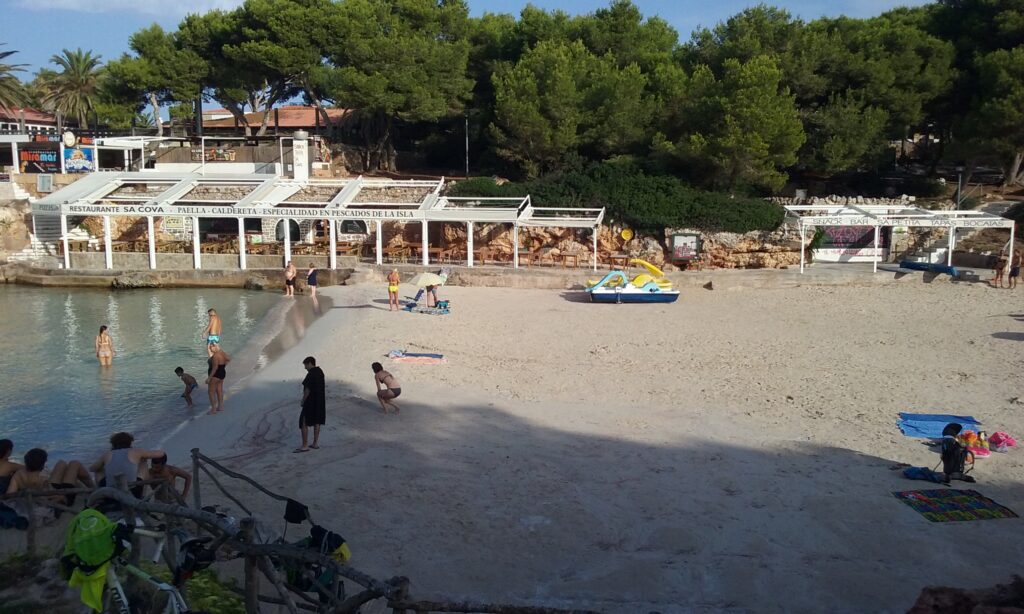
History and heritage in the surrounding area
Few places combine nature and archaeological heritage as well as Cala Blanca. In the surrounding area, we find remains that take us back thousands of years, when the first inhabitants of Menorca left their mark in the form of navetas and caves.
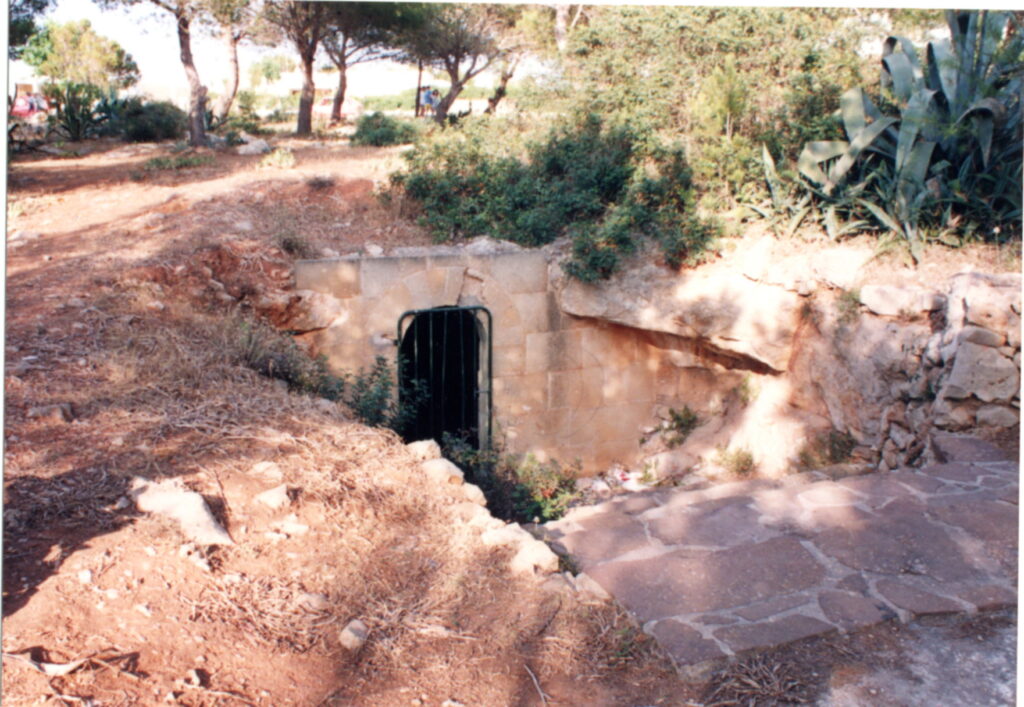
- Naveta de Perelleta or dwelling: a Talayotic vestige dating from between 2000 and 1200 BC, which was part of the pre-Talayotic period.
- Cova de s’Aigo: a natural cave with stalactites, stalagmites and an interior lake of great geological and archaeological value. It is currently open to tourists, offering a fascinating underground tour.
- Coves de Parella: caves that hide interior lagoons and spectacular formations.
These elements make Cala Blanca much more than just a beach: it is a meeting point for leisure, culture and history.
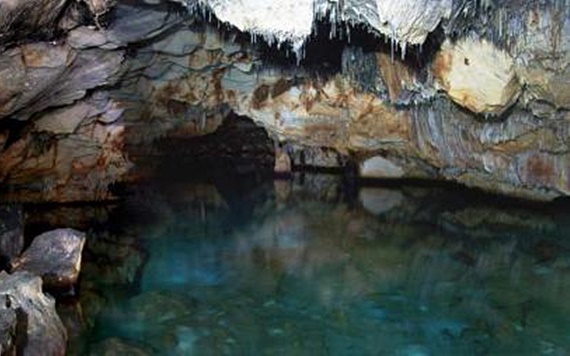
Landscape and biodiversity
Although urbanised, Cala Blanca still preserves valuable natural areas. At the rear, there is a small dune system, accompanied by pine forests and native vegetation. Among the species that can be found here are:
- Aleppo pine (Pinus halepensis)
- Wild olive tree (Olea europaea var. sylvestris)
- Juniper (Juniperus phoenicea)
- Plants typical of dunes such as marram grass (Ammophila arenaria), sea daffodil (Pancratium maritimum) and sea pea (Lotus cytisoides).
The seabed is predominantly sandy, although Posidonia oceanica meadows appear on the rocky sides and at greater depths, which are essential for the health of the ecosystem. Red and green algae coexist alongside them, as well as marine fauna such as the Moray crab, the Serrano and the curious bryozoan known as ‘false coral’.
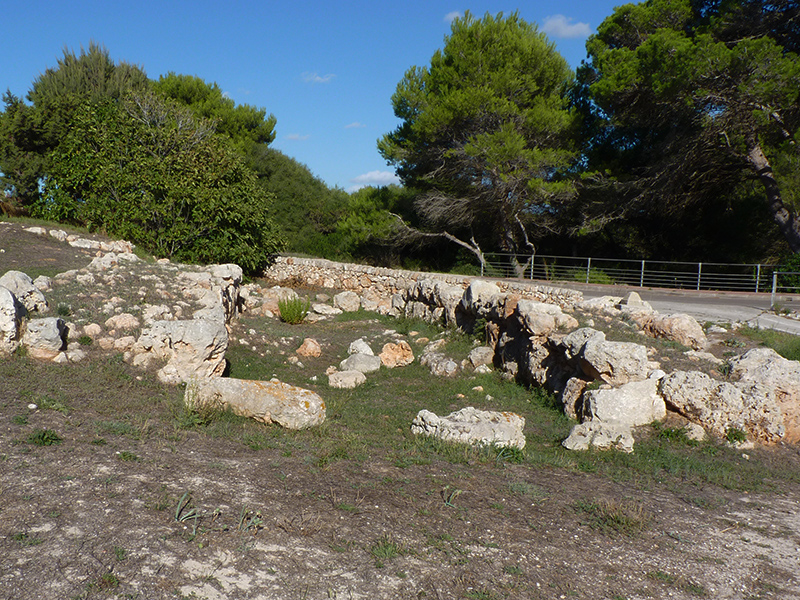
Phytoplankton blooms
During the summer, Cala Blanca can experience episodes of phytoplankton blooms, small microscopic algae that turn the water green. They are not dangerous to humans and are part of a natural process that occurs when conditions are ideal: high temperatures, no waves and an abundance of nutrients. Although the change in colour may be surprising at first glance, the water quality remains good and the blooms disappear on their own within a few days.
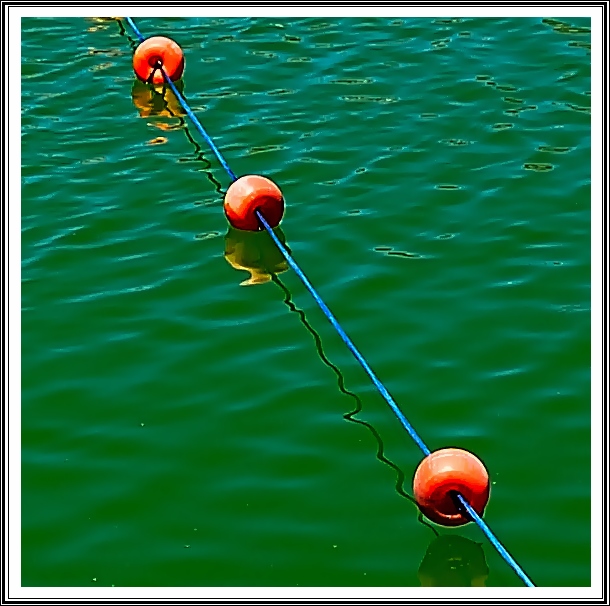
Available services
One of the advantages of Cala Blanca is that, despite its size, it offers all the services you need to enjoy a comfortable and safe day at the beach:
- Free parking in the surrounding area.
- Bus line no. 64 from Ciutadella.
- Lifeguards and buoys from June to September.
- Public showers and toilets in high season.
- Sun lounger and parasol hire.
- Picnic area.
- Water sports during the summer.
- Restaurants, bars, pharmacies and supermarkets just a few metres away.
In addition, the beach has ISO 14001 environmental certification, which guarantees responsible management of the environment.
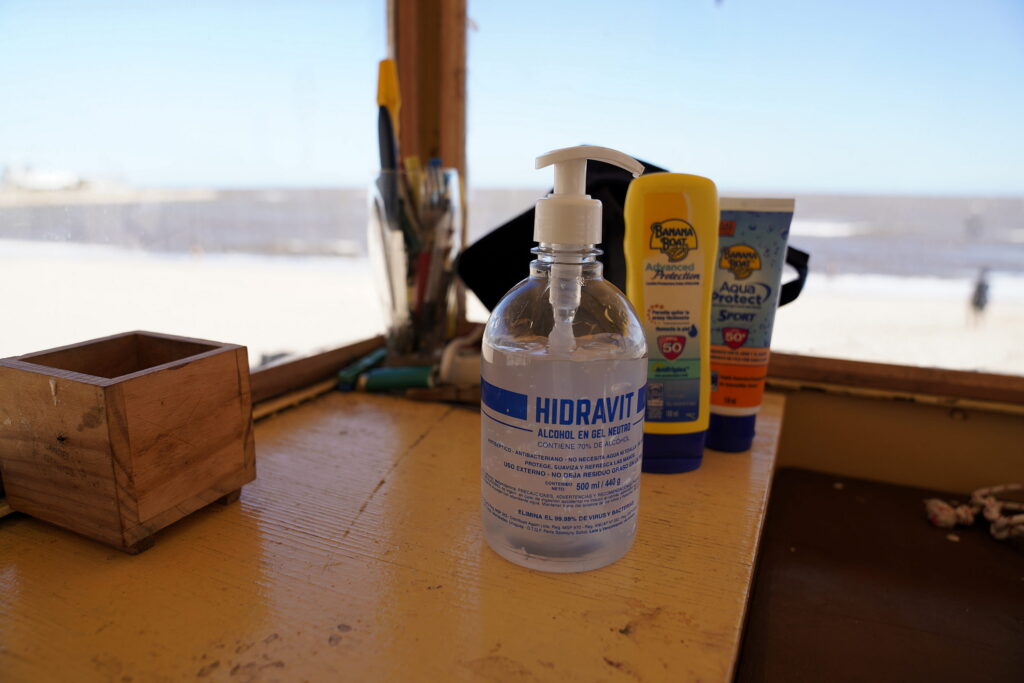
Beach safety
As in other coves in Menorca, swimming at Cala Blanca is regulated by a colour flag system:
- Red: swimming prohibited due to danger.
- Yellow: caution, swimming permitted.
- Green: swimming permitted with safety.
- Orange: lifeguard absent.
If there is no lifeguard service, extreme caution is recommended, especially on days with strong waves or wind. It should also be remembered that, by municipal ordinance, pets are not allowed.

How to get to Cala Blanca
Access is very easy. From Ciutadella, simply take the road south towards Cala’n Bosch (Me-24) and turn off towards the Cala Blanca residential area, which is clearly signposted. The beach is less than 10 minutes away by car. For those without a vehicle, the best option is public transport. The bus line 64 connects Ciutadella with Cala Blanca during the summer, with stops very close to the beach.
Discover Menorca
If you want to make the most of your trip to the island, here are some other places of interest that we have marked on our map, which are well worth including in your personal itinerary:
- Es Mercadal: a coastal town whose white houses give it a special charm. A 29-minute drive away (28,9 km).
- Cala en Porter: a comfortable and accessible beach. A visit to Cova d’en Xoroi is a must. A 46-minute drive away (46,8 km).
- Cala Galdana: the ideal destination for families, couples and travellers seeking comfort without sacrificing the unspoilt beauty of the Menorcan landscape. A 26-minute drive (26.7 km away).

Cala Blanca at sunset
One of the most special times to visit Cala Blanca is at sunset. Its western orientation allows you to enjoy spectacular sunsets, with the outline of the island of Mallorca silhouetted on the horizon. It is common to see visitors and locals gathered on the sand or in nearby bars to watch this natural spectacle.
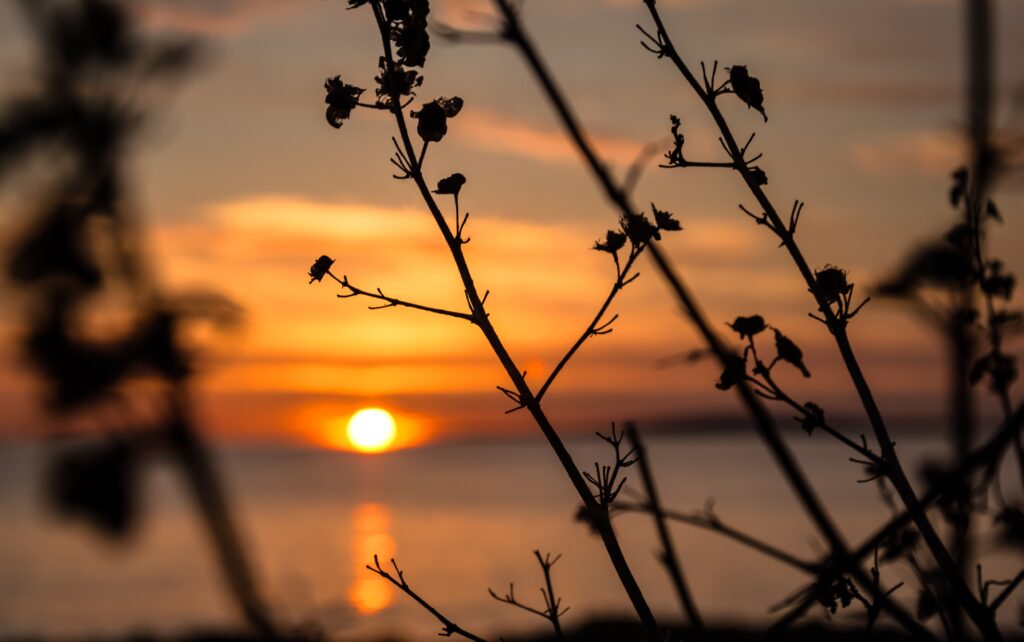
Tips for enjoying Cala Blanca
- Get there early: in summer it fills up quickly, so arriving early ensures you get a spot on the sand.
- Snorkel on the sides: although the seabed is sandy, the rocky areas hold marine surprises.
- Visit the Cova de s’Aigo: a different and nearby excursion, perfect for combining beach and culture.
- Respect nature: do not walk on the dunes or pick plants, and avoid using sunscreens that are harmful to Posidonia.
- Enjoy the sunset: a magical moment that makes Cala Blanca an unforgettable place.

Accommodation in Cala Blanca
The urbanisation offers a wide range of accommodation options, from beachfront hotels to tourist apartments and holiday homes. Thanks to its proximity to Ciutadella, it is also possible to stay in the city and travel to the beach in just a few minutes. Here are the three options most highly rated by users:
Conclusion
Cala Blanca in Menorca is a place where the tranquillity of a natural environment, the appeal of a beach with crystal-clear waters and the cultural richness of the archaeological remains that surround it come together. Its accessibility, services and proximity to Ciutadella make it one of the best options for those seeking to enjoy the Mediterranean in its purest form, without sacrificing comfort. Whether you want to spend a sunny day, explore ancient caves or watch one of the best sunsets on the island, Cala Blanca is an essential destination on any trip to Menorca. Here is a list of items that may be useful when preparing for your trip:
- Hiking shoes
- Snorkel set
- Compact microfibre towel
- Waterproof sun cream
- Polarised sunglasses
- Non-slip flip flops
- Anti-theft backpack
In this article you will find some affiliate links. If you book or buy something through them, you help us to continue creating independent and useful content, at no extra cost to you. Thank you very much for making this possible!
Photo Credits
Below are the photo credits in order of appearance. Royalty-free photos will not be listed below:
- Herodotptlomeu, CC BY-SA 4.0, via Wikimedia Commons
- Herodotptlomeu, CC BY-SA 4.0, via Wikimedia Commons
- Herodotptlomeu, CC BY-SA 4.0, via Wikimedia Commons
- Arennios, CC BY-SA 4.0, via Wikimedia Commons
- Arennios, CC BY-SA 4.0, via Wikimedia Commons
- Arennios, CC BY-SA 4.0, via Wikimedia Commons
- Dangelin5, CC BY-SA 4.0, via Wikimedia Commons
- Media Room Intendencia of Montevideo, CC BY-SA 4.0, via Wikimedia Commons
